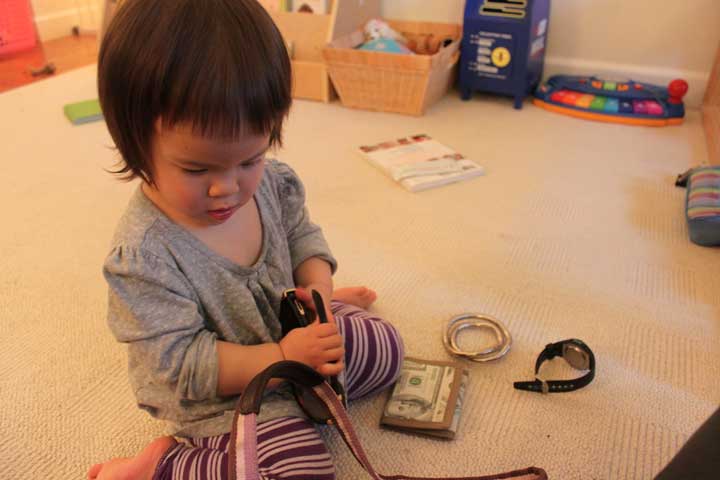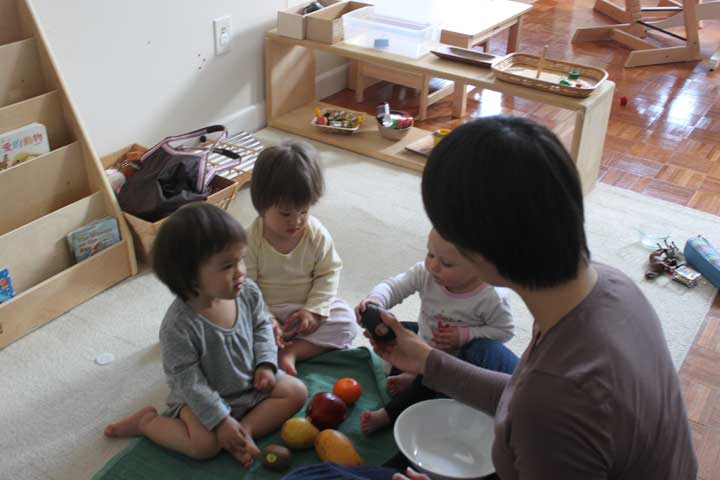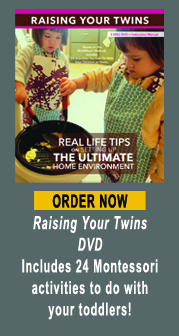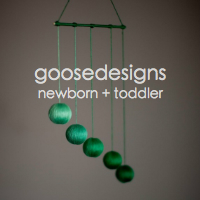VIDEO: What to do when your toddler doesn’t do what you ask
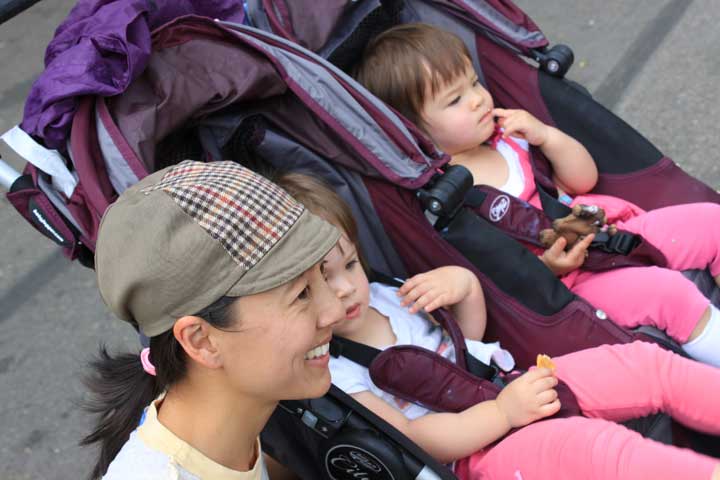
Daisy, with B and M, at the Denver Zoo
If you’re wondering what a good Montessori teacher looks like, here is a glimpse of my cousin, Daisy. She is AMI-trained, has 10 years of experience, but her most admirable quality is her constant search to becoming a better Montessori teacher. She came to stay with us for 8 days while we were in Denver and in that short time, she transformed my girls. Before she came, putting things away and cleaning were a hit-and-miss in our house, but while she was with us, it was a constant.
I think this video is remarkable. In 16 short minutes, you will see B and M (19 months here) cleaning crumbs off the floor, clearing the plates and utensils, wiping their table mats, wiping the table, putting things away and washing their hands. But what you will experience is how Daisy asks them to do these things with patience and gentleness. Her language and tone are masterful – never a hint of impatience, aggression or threat no matter what the children do. She is engaged, matter-of-fact and completely present with the child’s process. If you’ve ever encountered a toddler who doesn’t do what you ask him to and you don’t know what to do about it, watch this video and learn!
This video was shot in July 2012. It is 16 minutes and 8 seconds. Here are some video highlights:
00:00 M cleaning up crumbs with a carpet sweeper
00:39 M puts carpet sweeper and chair away
1:47 Daisy asks M to put her dishes away. M walks away. Watch how Daisy handles this.
3:45 B says she’s done eating, then says she wants more. What would you say to her?
5:31 Daisy gives M the space she needs to take care of herself
5:55 B starts putting dishes in the dirty dish basket. Watch how Daisy directs her.
7:06 Toddler needs a lot of collaboration from the adult. This is how it’s done.
7:18 M starts to take cereal out of the box. Ever encounter a toddler doing something totally different than what you asked?
8:21 B drops things in the basket loudly. Watch how Daisy models putting things away quietly and how B imitates her
9:01: Daisy asks B if she would be willing to help put M’s stuff away.
10:20 All plates and bowls are now in the basket
10:44 M wipes the placemats
12:15 Puts wiping sponge away
12:20 Puts placemat away
12:51 Daisy asks M to wipe the table
13:21 B starts to play music in the background and distracts M. What to do?
13:43 Daisy asks M to put the cleaning basket away
13:55 Time to wash hands!
16:08 The end
To learn more about Daisy’s Montessori school in San Francisco, click here.
I would love to hear your comments about this video. Please send me an email at stephanie@montessorionthedouble.com or post it in the comments section below.








